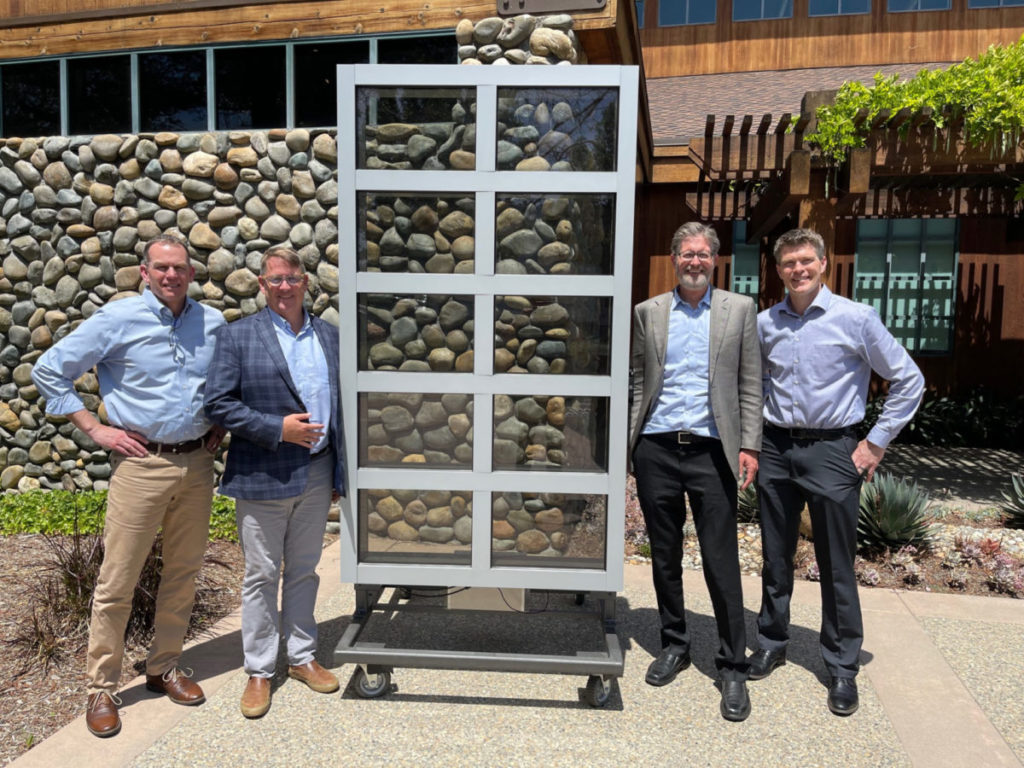
Performance comparison between transparent solar windows and traditional windows
Findings from the Wells Fargo Foundation and the NREL Initiative show that photovoltaic-coated windows can significantly reduce the solar heat gain coefficient.

In the IN2 NEXT project, researchers tested NEXT Energy Technology's photovoltaic-coated windows against conventional commercial windows and tracked performance based on their respective solar heat gain coefficients (SHGCs), the industry-standard performance metric for commercial windows. The results show that this technique can reduce the SHGC of equivalent windows to below 0.20.
The California-based company is developing transparent energy-harvesting window technology with the goal of making glass facades a source of low-cost, on-site renewable energy in buildings. As part of the Wells Fargo Innovation Incubator (IN2), the company participated in a multi-year photovoltaic window project to compare the overall energy efficiency performance of the company's transparent photovoltaic windows to traditional commercial windows.
Commercial buildings account for 36% of total electricity consumption in the United States and consume more than $190 billion annually. Additionally, windows account for 30 percent of the heating and cooling energy in commercial buildings, costing U.S. building owners about $50 billion annually, according to the Department of Energy. Considering the potential savings, it is important to reduce SHGC to 0.20 outside of energy production. SHGC measures the heat generated by passive sunlight entering a building through windows, or solar heat gain. Excessive solar radiation can lead to space overheating and inefficient energy management throughout the building.
“These are extremely important results for the energy efficiency of insulating glass. Achieving an SHGC below 0.20 while providing a neutral aesthetic is a great challenge for all manufacturers of vacuum deposited coated glass. Balancing performance and appearance is a At the heart of an ideal harmony, it appears that NEXT has done just that," said Garret Henson, vice president of sales and marketing for Viracon Corporation, a North American commercial architectural glass manufacturer.
In making the windows, photovoltaics are enabled by proprietary organic semiconductor materials, which are the most abundant and inexpensive materials on Earth, according to the company report. In a high-speed, low-cost, low-energy process, the material evenly coats the glass like ink, enabling the glass to collect sunlight and convert it into electricity rather than heat.
"The results of our collaboration with NEXT have given us data on how to redefine the way architects and building owners measure the performance of commercial windows," said Trish Cozart, IN2 program manager and director of NREL's Center for Innovation and Entrepreneurship. Generating large amounts of electricity promises to mark a new chapter. The goal now is to evaluate the SHGC to take into account the impact of power generation as well as solar heat gain."
Categories
New Blog
© Copyright: 2025 Xiamen Wintop New Energy Tech Co., Ltd.. All Rights Reserved.

IPv6 network supported
Friendly Links:
Integrated Solar System